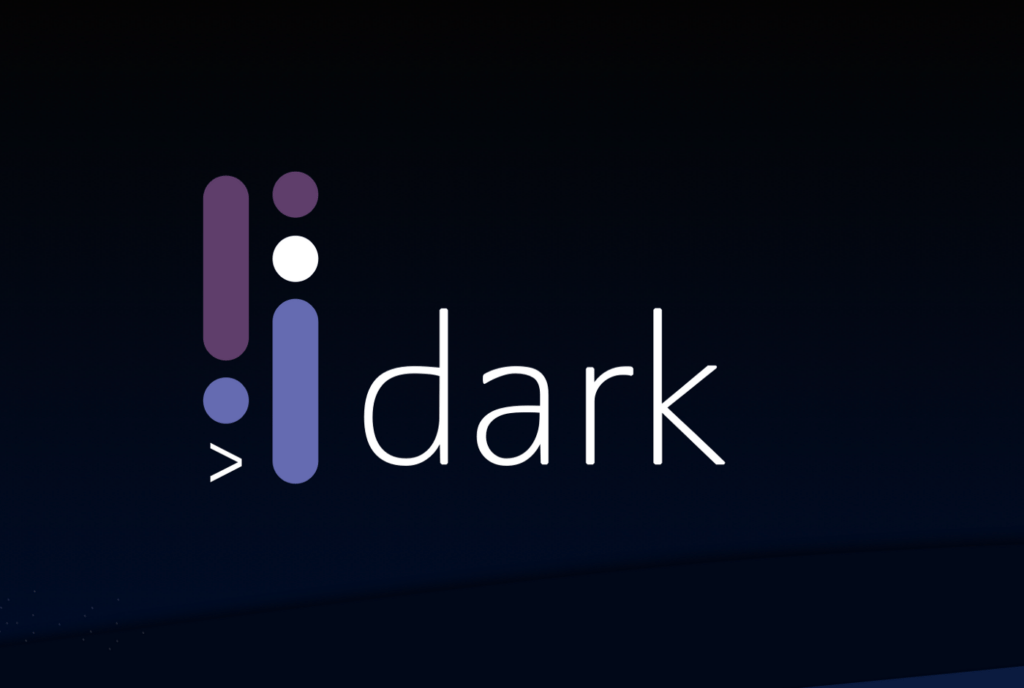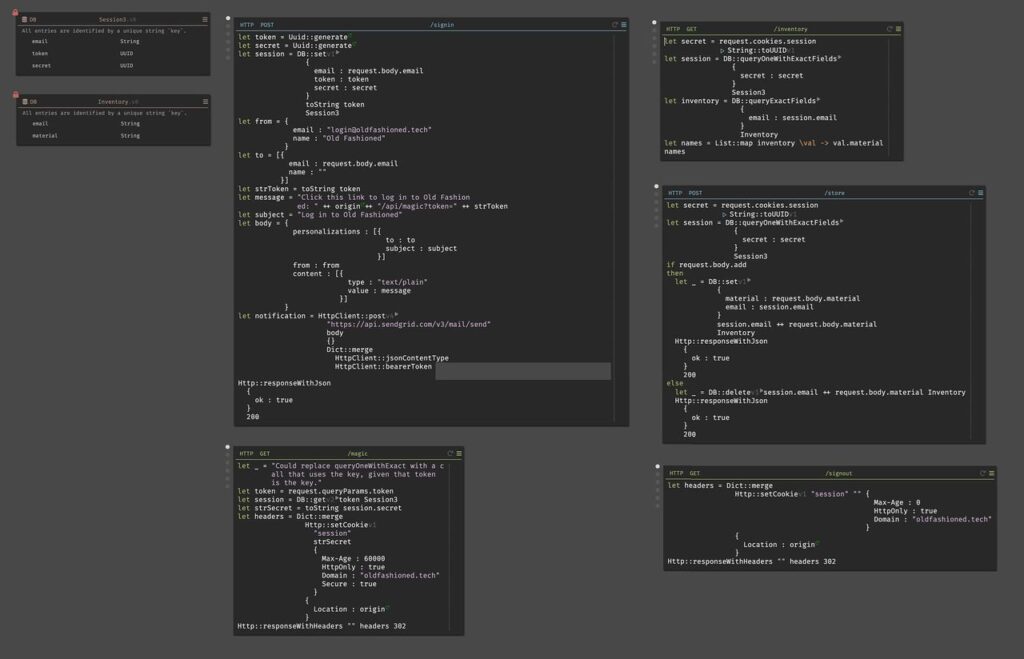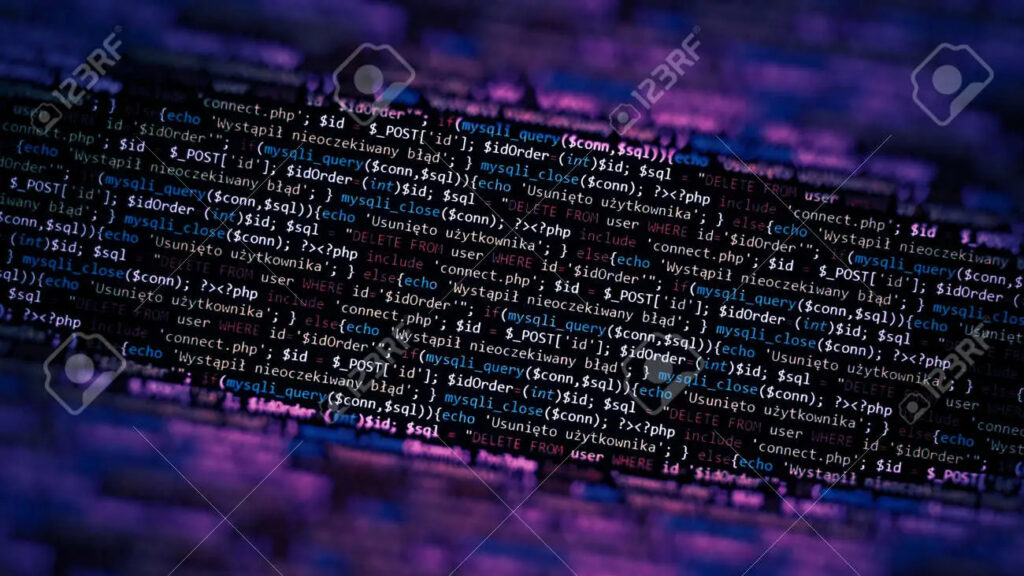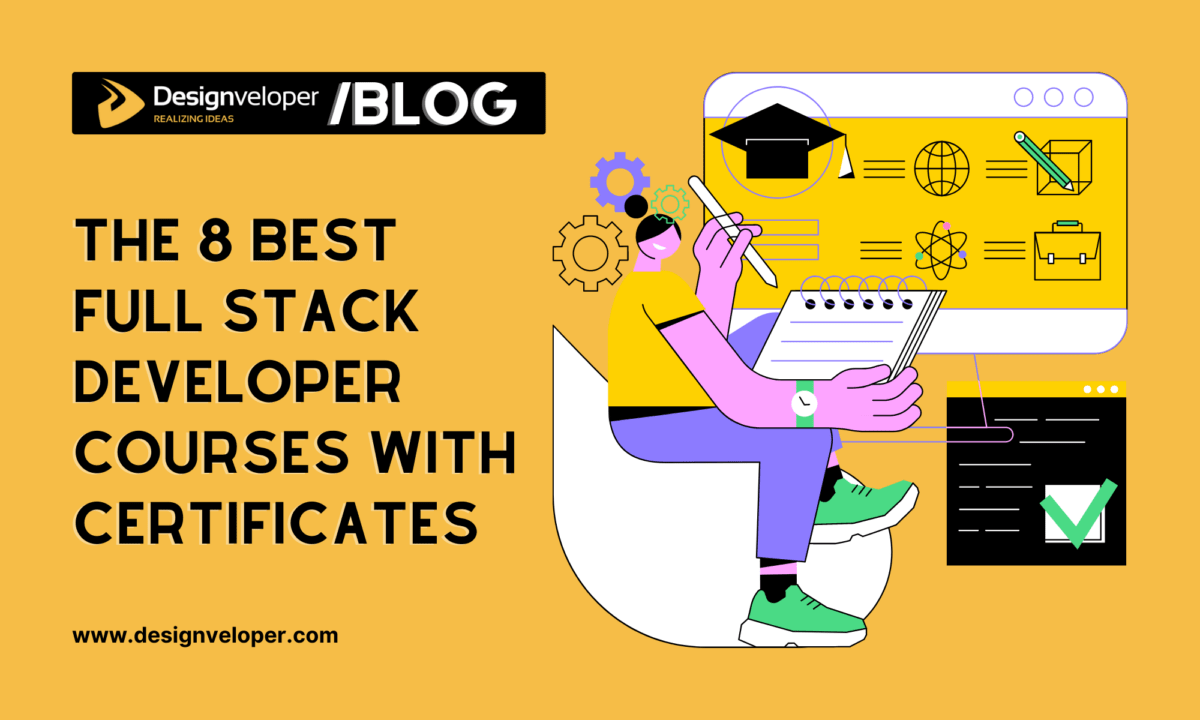What kind of programming language is Dark? To put it another way, it’s a language that provides a fresh approach to the creation of serverless backends. Simply write your backend code; there will be no infrastructure, framework, or deployment headaches. However, there are still a lot of misconceptions around it.
In this article, Designveloper will help clear that up. Read on.
What is the Dark Programming Language?
Dark is an all-around programming language that not only has a structured editor and architecture, but also helps make it easier to build backend web services. It is for programmers who work on web frontends, web backends, and mobile apps.
History
A company with the same name developed the programming language Dark. The San Francisco company came out of stealth mode at the end of July of 2019 and said it had raised $3.5 million in seed capital in 2017. Ellen Chisa and Paul Biggar started the business in the same year (2017) in the city of San Francisco in the state of California in the United States.

Users can use the company’s platform to design applications that meet their needs. By using the infrastructure, the deployment of these applications on Google’s Cloud Platform is fast and swift. Using Dark’s approach, it takes time and work to learn an organization well enough to work well within it. After Dark can understand and work with the codes and languages used by a corporation, the editor can do auto-completion, and Dark is in charge of building the infrastructure. Tracing is another feature that is made automatically as code is written.
Dark’s most recent version is Dark Release 8.
Recommended reading: 17 Computer Programming Languages that You Should Learn in 2022
Features That Set the Dark Programming Language Apart
Dark is different from other programming languages in many ways. This includes the fact that it has many features that other languages don’t have.
One of Dark’s main goals is to simplify code as much as possible. The coders of Darklang want you to be able to make backend services quickly, safely, and with as little extra work as possible. Another thing is that the Dark platform is for the backends. Most of the time, you’ll be writing HTTP handlers, and we’ll take care of deployment and infrastructure.
Because Dark tightly integrates the editor, the language, and the infrastructure, we can get around the usual limits of programming languages. There is no compilation stage in Dark, and there is no clear combination of a compiler and an interpreter. Instead, the editors show in real time errors and warnings as you type (it also prevents syntax errors and some type errors).
Dark also has continuous delivery. Continuous delivery is the process of releasing small, low-risk updates often. The code you write is immediately put into “production” as soon as it is finished (usually hiding behind a feature flag).
The Complexities of the Dark Programming Language
The founders of Dark says that the programming language focuses on four main phases of complexity when making a software product. There is the infrastructure’s complexity, the deployment’s complexity, the API’s complexity, and the code as text’s complexity. On the other hand, it is not a language, an editor or a system for everyone to use.
Infrastructure Complexity
Infrastructure complexity involves working with the machines that run programs, not just data and consumers. Docker, Kubernetes, EC2, and the AWS/GCP/Azure ecosystem handle queues, networking, firewalls, load balancers, service discovery, scalability, monitoring, security, DBs, sharding, and optimization.
The Dark programming language manages your infrastructure. It can choose the right architecture since it will know your code, traffic, and data. It helps eliminate infrastructure choices like computers, orchestration, storage, databases, and queues. As an infrastructure compiler, Dark should automatically make good scalability decisions. Lambda, Kubernetes, and Heroku cannot abstract and simplify as Darklang can.
Despite their various operational issues, languages, formats, and operator skillsets, an application and its database must have proper maintenance today. Combining a database with its application answers many concerns neither can answer alone. This includes the indexes one needs, how to shard, how to construct queries, and how to manage long-running data migrations.
Interfacing with a database from an application requires consideration of whether the types match, how ORM might fail, how it will scale, and what indexes it needs. The strong integration of language, editor, and infrastructure lets us give observability into your live production systems directly from the Dark editor, changing how people code and build systems. It also eliminates monitoring, tracing, instrumentation, logging, and error handling.
Deployment Complexity
Deployment complexity is the difficulty of getting finished code from one system to another. This should be a simple task, but getting it quickly and safely is so hard that Darklang coders came up with CircleCI to help.
Companies spend a lot of time and money trying to ship changes to clients as quickly as possible. But the process of shipping code involves steps that are important and take time. It includes packaging code (Docker container, tarball, webpack, AMI, git checkout, jars), testing it (CircleCI, code coverage, browser testing/Selenium), syncing it (git push to Heroku, Docker registries, artifact hosting, S3, CDNs), enabling the new code (Kubernetes, reverse proxies, Capistrano, swapping symlinks), and releasing it (feature flags, blue-green deploys, DB migrations, API versioning).

In the programming language Dark, the programmers changed the way deployment works so that these steps are no longer necessary. Instead, the deployment is simple. When you write code in the Dark editor, it goes to production right away and is ready to be flagged as a feature. There are no tarballs or containers, and there is no long build process. The switch from your editor to our infrastructure is simple.
Recommended reading: Top 5 iOS App Development Languages: How to Choose the Right One?
The goal of Dark is to make this process safe. Every function and type has a version and can’t change, and all routes, APIs, and queues use static typing. The language, the editor, and the tools all have safety features for deployment, like feature flags, unit tests, and strong database migrations. Even though deployments only take 50ms, they are much safer in Dark than they are in most other toolchains.
API Complexity
The difficulty of an API comes from the fact that calling a function is much easier than using an API. Using application programming interfaces (APIs) should be about as easy as calling a function, but we have to deal with authentication, rate limiting, error handling, and retries. Every application programming interface (API) has its own way of dealing with these issues. These ways consist of the authentication type to the protocol (HTTP+JSON/REST/Protobuf/gRPC/GraphQL/SOAP) to the calling conventions. There are millions of APIs all over the world (and growing).
In Dark, calling an API is just as simple as calling a function. Dark’s tools for building connectors to third-party services have great default behaviors for limiting the rate of data transfer, authenticating users, fixing errors, and retrying operations. The editor has support for secret keys and information that can help identify a person. It also shows costs and failures.
Code-as-Text Complexity
The complexity of how code is shown as text is kind of a catch-all. It’s a reference to the problems we have with how we write code and the tools we use.
Syntax mistakes are a good and clear example of this. Because we write code as text and then ask the compiler to read it, even though the compiler may not be able to do so in some cases, syntax errors are inevitable. We need an editor who can not only read plain text but also speak the language to make sure that there are no syntax errors.
One can use this idea to improve many other parts of the tool chain. Git, which Dark’s creators use to merge branches, doesn’t understand the syntax or meaning of our code. The search-and-replace tools in our editors don’t differentiate between a function and a variable, so they also use them to rename functions.
The Dark programming language is made along with a structured editor and a few other technologies that help it work. Because of this, the autocomplete function knows everything about your program, so there can’t be any syntax errors. Integration includes tools for refactoring, as well as ways to work together and control who has access to what. Version control is a top priority and works well with the rest of the language. This integration has versioning for functions and types, as well as feature flags.
Why You Should Use Dark

In the world we live in now, a software developer has to deal with a lot of complexity when making a product. This includes calling APIs, choosing infrastructures, using git to check code, and running tests. This work takes a lot of time and is also very hard. If developers use this new language, which is tightly linked to an editor, compiler, and PaaS, they will be able to make distributed apps that use high-level primitives.
When it comes to making a product, deployment is one of the most important parts. When developing this language, the people who worked on it were aware of the problems that software developers face. Because of this, the process of deployment now only takes fifty milliseconds. When a developer uses this language to make a product, the deployment process will be streamlined and easy to understand.
FURTHER READING: |
1. Top 7 Web Development Languages To Use In 2022 |
2. What Are Git Concepts and Architecture? |
3. What Is Data Structure and Their Applications? |
Conclusion
One of Dark’s main goals is to stop coders from making their programs more complicated by accident. Dark’s programming language, infrastructure, and editor work together to analyze four to eight of a company’s tools (like Docker, Git, Unix, and so on) and then combine them to make operational tools easier to use. The platform that Dark uses acts as a language programmer, an editor, or a general-purpose infrastructure on its own. Instead, it connects these tools so that they can work together with other tools.
If you have any more questions about Dark or programming languages in general, don’t be afraid to get in touch with Designveloper. Our experienced staff is always capable and willing to provide you with adequate support to any technological problems.























